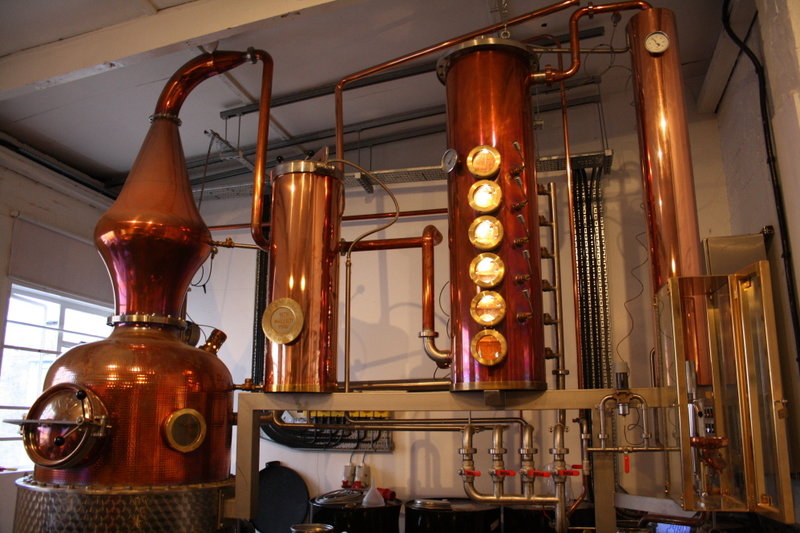A Mr. Whippy no longer cuts the mustard - now it’s all about the homemade sorbet, topped with a splash of this, a dash of that and a drizzle of something completely outrageous. Like so many different sectors, the food and drinks industry is evolving - with creators’ and customers’ taste buds alike becoming more and more adventurous with every sip. This is truer than ever in the ever-expanding world of gin distillery.
Naturally, this new lust for fanciful flavours has resulted in a steady stream of fierce competition - meaning more time and money is being invested in research and development by gin connoisseurs in the hopes of charging ahead of the pack.

While your ideas and the possibilities for innovation are endless, we understand your available funds might not be so limitless. But with the help of research and development (R&D) tax credits, you could see your distillery catapulted to pole position.
So, to help you find out whether your gin brand could make a successful claim, in this post, we’ll help you wade through the jungle of industry jargon - outlining the criteria your business needs to meet and the activity you can claim on.
Does my gin distillery meet the requirements?
Introduced by the UK government in 2000, research and development tax was designed to encourage innovation in both small and large companies operating within the UK. While the types of creativity endorsed by this scheme are pretty broad, the criteria businesses need to meet in order to even apply are less so.
Before even considering the types of activity you’re able to claim R&D tax credits on, ensure your distillery meets the following basic guidelines:
- You must be a limited UK company that is subject to Corporation Tax
- You must have carried out qualifying research and development activities (more on this later)
- To claim for SME R&D tax credits, you need to have a staff headcount of fewer than 500 people and either make a turnover of under 100 million euros or have a balance sheet total of under 86 million euros
- To claim R&D tax credits as a large company, you need to have been subcontracted to carry out the project by another company

What qualifies as research and development activity?
Government guidelines state that R&D reliefs “support companies that work on innovative projects in science and technology”. Simply put, as long as your project can illustrate that you’re trying to advance your skills and, in turn, your business, there are tax credits to claim (hurrah!).
For example, during the COVID-19 pandemic, many gin distilleries turned their heroic hands towards supporting the nation by quickly figuring out how to develop and distribute hand sanitiser. In this instance, new skills were researched and machinery modified and developed to the benefit of both the industry and the public.
Further examples include the following:
- Designing and creating new ways of packaging, storing or distributing your drinks
- Creating a new blend of gin (so long as this presents an element of commercial risk to you and your business, without the guarantee your customers will even like your creation)
- Changing or modifying an existing product or process
- Removing additives and preservatives from your flavours
- Increasing the alcohol content
- Identifying brand new products or processes
- Extending the shelf-life of your products
- Finding new ways to speed up processes and timescales

How can you find out if you’re eligible?
Well, you could carry on doing what you’re already doing and spend your evening googling ‘R&D tax’, much to the disappointment of your friends and family (who are likely spending their nights enjoying the marvelous tipple you’ve created)...
...Or you could trade the FOMO for a phone call and enquire with Lumo today. Before you give us a call, you can check out our R&D tax credit calculator to find out more.